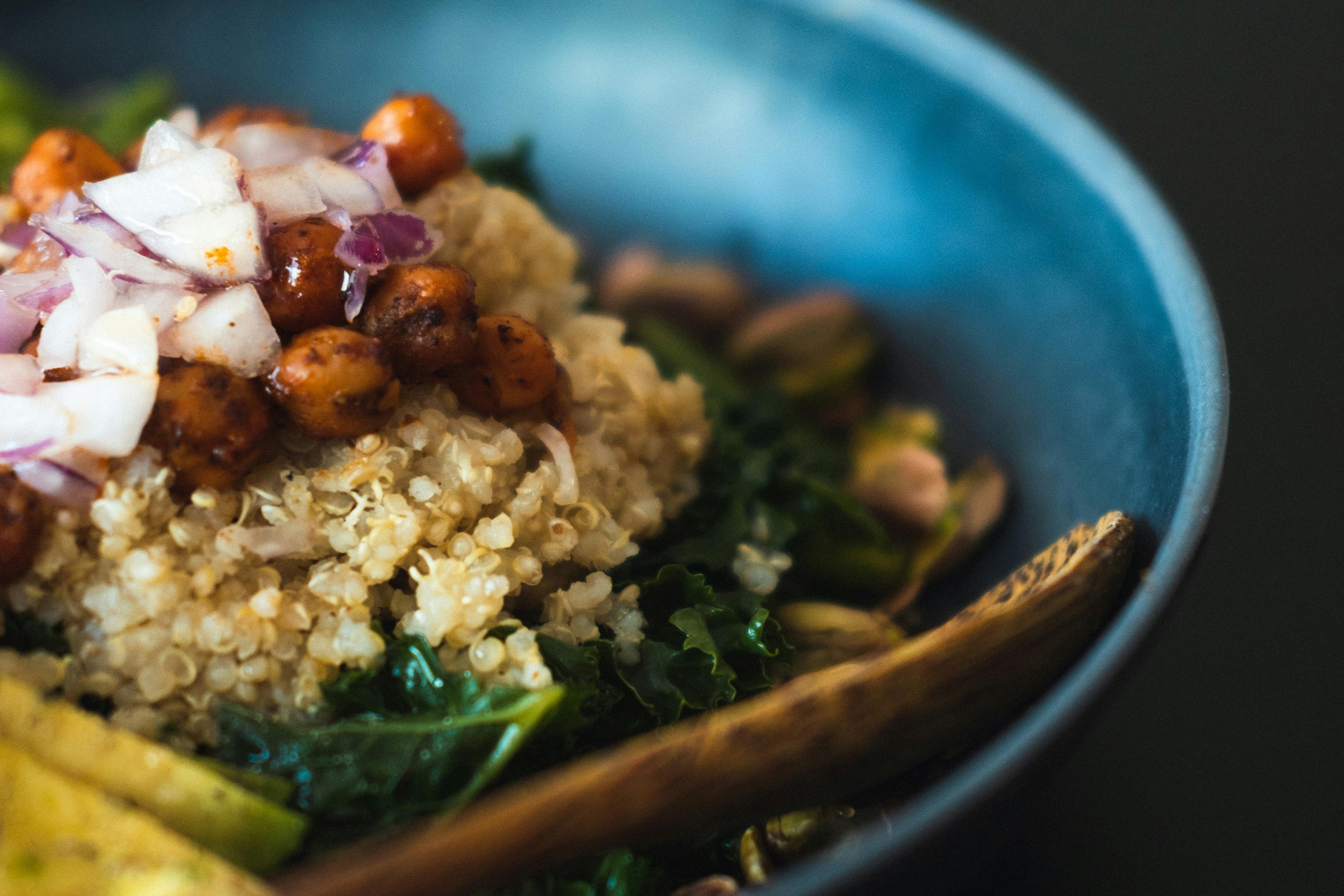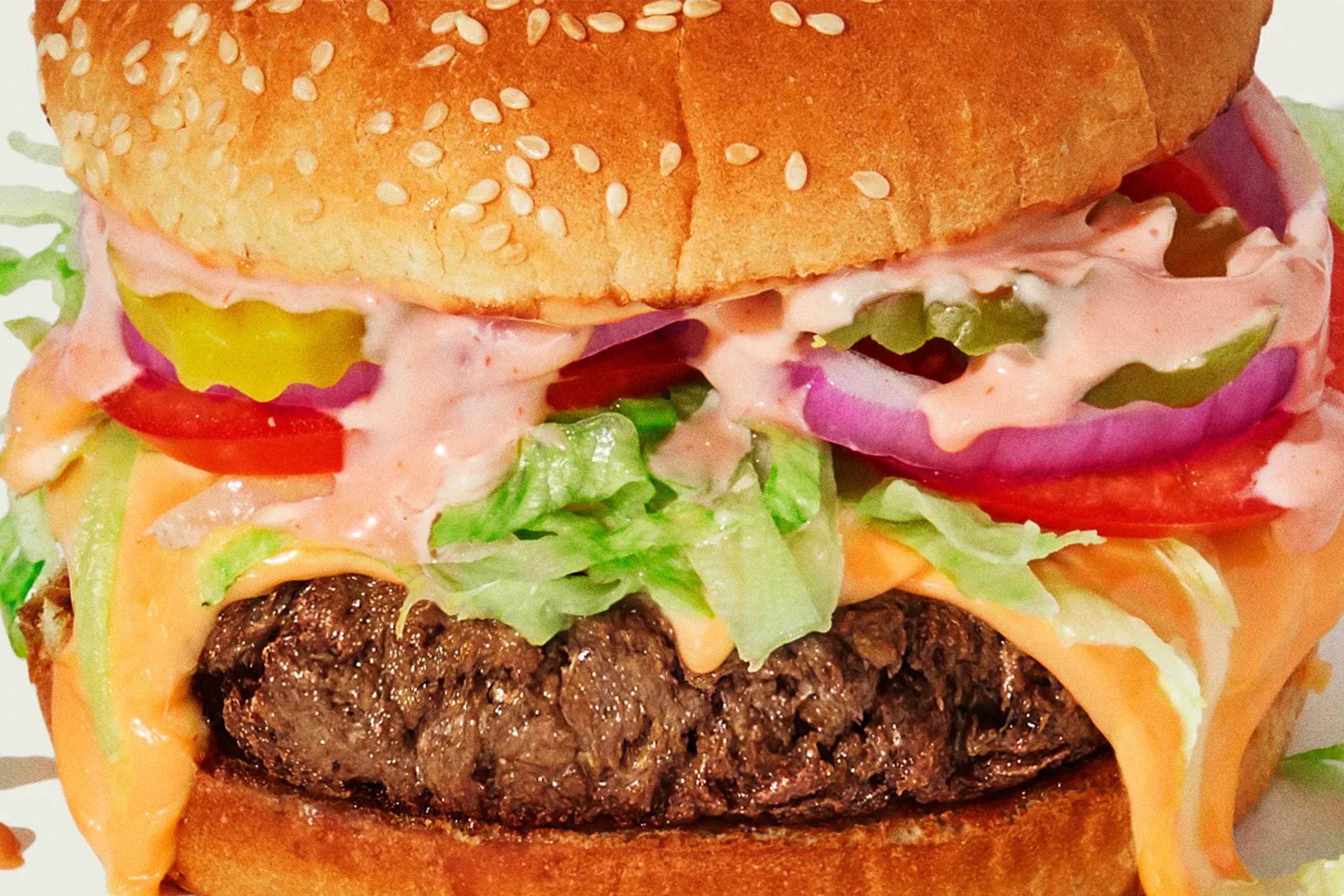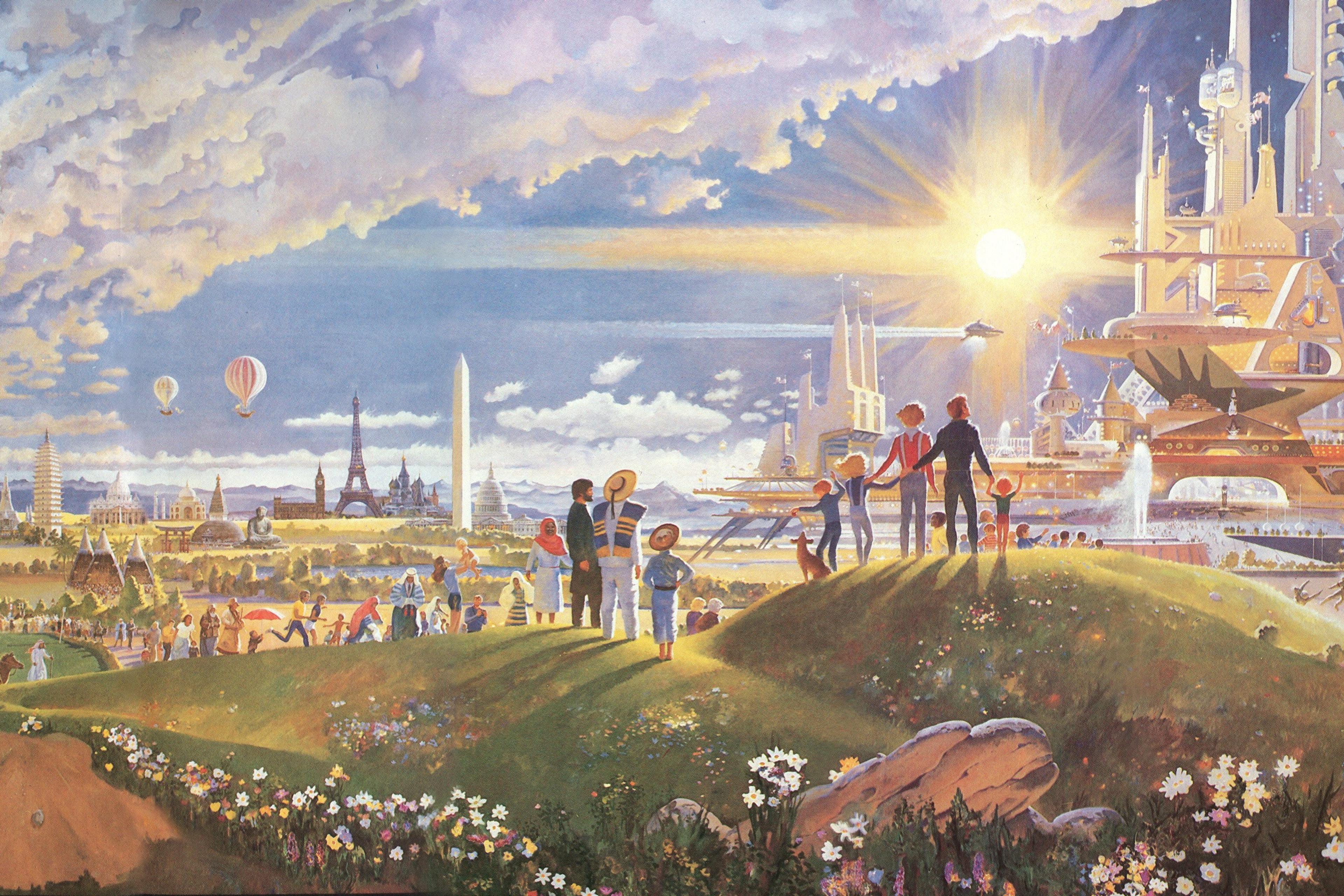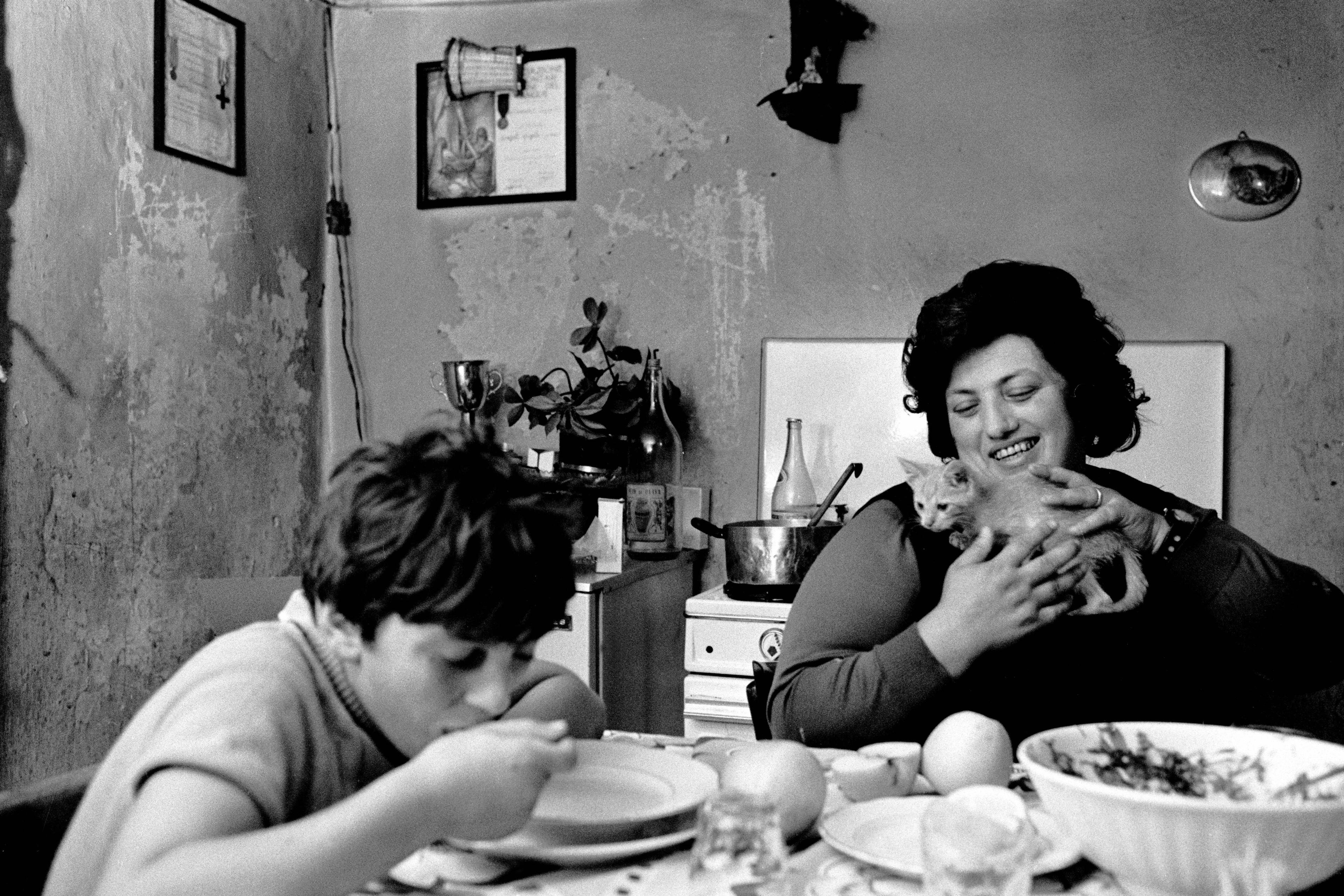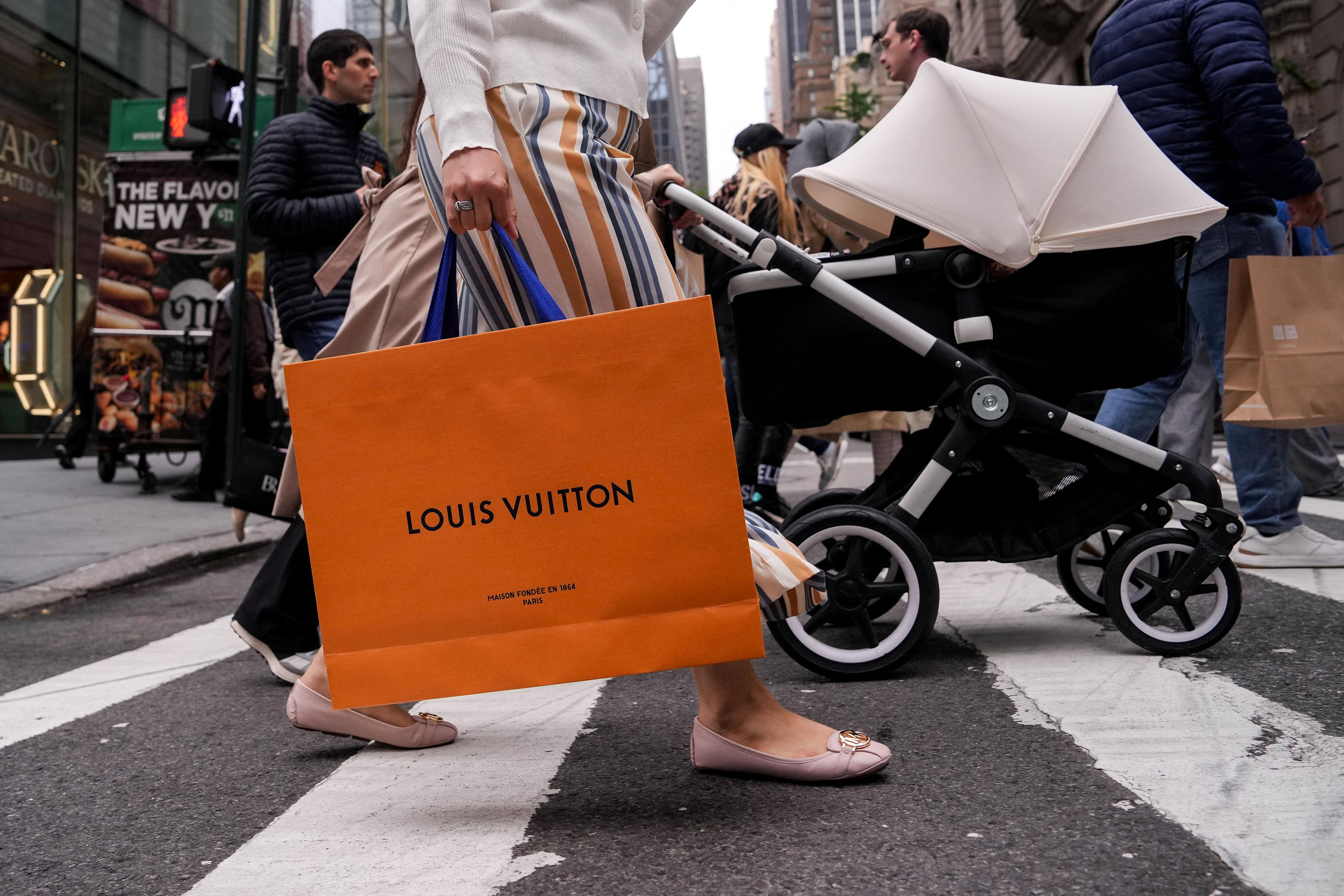Anticipating ‘hot new food trends’ is an old game. In the nearly 30 years that I have chronicled food as a journalist and anthropologist, I’ve contributed dozens of prognostications; some were even right. Never mind that each November, 88 per cent of Americans eat turkey at Thanksgiving, I needed findings like this in July: ‘This year, people will skip a first course,’ or ‘This year, people will serve squash soup inside the gourd,’ or ‘This year, everyone’s going carb-free, so double up on the greens and skip the stuffing.’
To be sure, I was no Faith Popcorn, the ‘Nostradamus of Marketing’ who first made her fortune in the 1970s and ’80s forecasting social trends such as ‘cocooning’. Despite the faux social science of trend reports, I have always been interested in the flavours that exert a hold on our collective hearts and minds. I’m especially intrigued by how the foods we seem to fetishise in the present – the artisanal, the local, the small-batch – are never the ones we seem to associate with the tantalising prospect of ‘the future’.
How do we know what will be delicious in the future? It depends on who ‘we’ are. For Baby Boomers who didn’t grow up on a diet of Dune-style scenarios of competing for resources on a depleted planet, it was TV dinners, angel whips and Tang – the instant powdered orange drink that became a hit after NASA included it on John Glenn’s Mercury spaceflight in 1962. That same year, The Jetsons – an animated show chronicling the life and times of a family in 2062 – premiered on US television. In one episode, mom Jane ‘makes’ breakfast for son Elroy using an iPad-like device. She orders ‘the usual’: milk, cereal (‘crunchy or silent?’ Jane asks Elroy, before pre-emptively selecting ‘silent’), bacon, and one soft-boiled egg, all of which is instantly beamed to the table.
When we watch The Jetsons now, it is easy to see two things. One, the show does not depict actual new foods, only new methods for speedily conveying the usual ones. Two, it was 19th-century automats that inspired these ‘futuristic’ ideas. Invented in Berlin in 1895, these large-scale vending machines dispensed an array of cooked dishes from miniature mechanised doors. They were hugely popular in the early 20th-century United States, and beloved for their gee-wizardry. Users deposited coins, the doors magically opened, and bowls of rich veal stew, or slices of apple pie, slid forward for collection. Automats were phased out by fast-food chains, but they’ve remained lingering objects of fascination. As the documentary The Automat (2021) takes pains to express, the machines in the once-famous Horn & Hardart self-service US restaurant chain were utterly democratic: anyone with a nickel could enjoy a taste of the future.
Automats pointed the way forward. They represented the promise of conveyor belts, the allure of button-press solutions that eliminated manual labour. In The Jetsons, we don’t know who makes the silent cereal, or how, but its existence and its out-of-nowhere delivery fuelled a fantasy of freedom that mothers everywhere dreamed of daily. The next step was to free ourselves from the burden of actually growing food in the ground and raising it on the farm, and produce all we needed in labs. Finnish scientists have already crafted cultured plant cells from berries that have a higher nutritional value than fresh berries – a technological good start.
For many students in my Food Studies courses at the University of North Carolina, the ‘future delicious’ conjures readymade meal ‘solutions’ that eliminate not just the need for cooks but the need for meals. This includes Soylent, the synthesised baby formula-like smoothies, or the food substitutes slugged by software engineers coding at their desks. It includes power bars and Red Bulls to provide energy and sustenance without the fuss of a dinner table (an antiquated ceremony that takes too long). Also, meal kits that allow buyers to play at cooking by mixing a few things that arrive pre-packaged, sorted and portioned; and Impossible Burgers, a product designed to mimic the visceral and textural experience of eating red meat – down to realistic drips of ‘blood’ (beet juice enhanced with genetically modified yeast), and named to remind us that no Baby Boomer thought such a product was even possible.
Such logic makes the feminist anthropologist Donna Haraway wary. It betrays, she writes, ‘a comic faith in technofixes’ that ‘will somehow come to the rescue of its naughty but very clever children.’ To Haraway’s point, the future delicious tends to value the technological component of its manufacture over the actual food substrate, sidestepping what the material culture expert Bernie Herman described to me as ‘the fraught and negotiated concept of delicious’ – which is something I’ve studied for 14 years in relation to the Oreo cookie.
My interest was piqued when I read that more than 491 billion Oreos have been sold worldwide since 1912, making Oreos not only the best-selling cookie of all time but one of the best-selling brands. The Oreo is a fantastic case study in future deliciousness, because it is one of the most man-made foods in existence. It is factory-produced from highly processed, shelf-stabilised flour, stripped of its nutrients, then re-enriched by others, enhanced by soy lecithin, and fortified with sugar and high-fructose corn syrup. The ingredients high-fructose corn syrup and soy lecithin are almost certainly genetically modified unless explicitly labelled ‘certified organic’; in independent tests, Oreos have also been found to contain trace amounts of glyphosate, a weedkiller better known under the trade name Roundup, sold by the agrochemical giant Monsanto. Monsanto was sold to Bayer in 2016, and the corporation continues to insist that glyphosate, also found in Cheerios and many other processed foods, is ‘safe when used as directed’.
Oreos are ‘accidentally vegan’ because they contain no fresh ingredients (even as the brand itself warns that milk, while not an ingredient in the cookie, could be a cross-contaminant due to factory conditions). They were made with lard until the mid-1990s, when the animal fat was swapped out with partially hydrogenated vegetable oil due to what were billed as ‘growing health concerns’. Since then, Oreos qualify as ‘accidentally Kosher’ too. It takes about an hour to make an Oreo cookie and, about three seconds to eat one. And Oreos are global; once made exclusively in Hershey, Pennsylvania, they’re now made in 18 countries worldwide, and available in 100. In 1986, The New Yorker’s architecture critic Paul Goldberger wrote that Oreos are ‘a reminder that cookies are designed as consciously as buildings, sometimes better’, describing them as ‘lavishly ornate in their exterior design but utterly simple within … [they] appear to float’. Suffice it to say, a floating food represents futurity.
Behind the Oreo’s popularity is a story about increased individual consumption made possible by the technical mastery of certain means of production. But how might we decide if this cookie is ‘delicious’? Informally, I’ve surveyed more than 400 students over the years, and when given an Oreo to eat and then asked a series of questions about the experience, 97 per cent of them attested that an Oreo is ‘delicious’. Almost none, however, could describe exactly why. Asked what an Oreo tastes like, the number-one response to date is ‘home’, followed by ‘school’. The Oreo’s very conditions of existence were obscured by nostalgia.
The students elaborated: ‘Oreos taste like church because they served them at Bible school.’ ‘Oreos taste like road trips to visit my sister because my brother and I always begged my mom to buy them before the long drive.’ And ‘Oreos taste like fighting with my brothers because there’s only one left and I WANT IT.’ The minority who did not find Oreos delicious often cited reasons of ‘health’: ‘Oreos taste like guilt because they are sugary and unhealthy.’ ‘Oreos taste like artifice because their chemical content symbolises the highly specialised food processes that dominate modern snacks.’ And ‘Oreos taste like addiction (bingeing).’ Judging by their responses, ‘delicious’ is a rocky terrain, combining memory, circumstance, corporate strategy, and various idiosyncratic ideological qualities.
We understand which foods are delicious based on how we learn about so many of them: through the marketplace, and specifically advertising. An attachment to Oreos is based on a sense of being cared for and of belonging, which its makers exploit: they know that future-delicious foods evoke an era of optimism and unproblematic progress (namely the 1950s and ’60s), and they know that this now strikes many of us as naive, even destructive, when we consider the industrialised agriculture that’s enabled such products to literally wrap themselves around the globe. So, their strategy for this particular futuristic food has been to appeal to the past.
The anthropologist and media studies scholar William O’Barr points to how even the earliest corporate campaigns induced us into believing we could buy better futures. The first use of the Kodak company’s slogan ‘You Press The Button, We Do The Rest’ dates to 1888. Citing another example of selling self-betterment, O’Barr looks to Ford, which marked its factories re-opening after the economic devastation of the Second World War with the slogan: ‘There’s A Ford In Your Future.’ In the case of Oreo’s latest advertising campaign, a short film titled The Note made by the acclaimed director Alice Wu, the better future is not technological but social. The film features a young man in the process of coming out as gay to his family – with Oreo cookies there as material sustenance and support along the way. Olympia Portale, Oreo senior brand manager, told Fast Company: ‘If we’re going to fight for a world where all families belong, this was a natural place for us to go.’
So, now, future-delicious foods fight for equality, not just automated democracy. The ad also reveals what easy bedfellows capitalism and unnatural foods have become. In fact, the Oreo ad has been so successful, it has its haters: the Newsmax anchor Greg Kelly tweeted: ‘I do NOT like GAY COOKIES.’ But making enemies with Newsmax anchors feeds Oreo’s strategy. Portale’s comments suggest an orientation toward a future predicated on people accepting uncomfortable truths, which Oreos help smooth the way toward.
Still, advertisements are ephemeral – and perpetually updated. Eventually, power bars and social justice messages will de-couple and give way to something else. Meanwhile, Baby Boomers face a crisis of care. What we know for sure is that the future delicious is an experience of whatever the current generation of eaters conceives of as a certain kind of progress – an automat, a fake burger, a message of social solidarity and acceptance. The future delicious also has little in common with actual food futures. In truth, France’s future food might mean fewer halal butchers; or, going on the exciting book Black Food: Stories, Art and Recipes from Across the African Diaspora (2021) edited by Bryant Terry, an Afrofuturist vision might celebrate liberatory culinary practices that produce vegan foods from traditional African, Caribbean and Southern soul food recipes. But the ‘future delicious’ is primarily an imaginary, always out-of-reach, automated fantasy that thrives just beyond the technological horizon of human progress.

